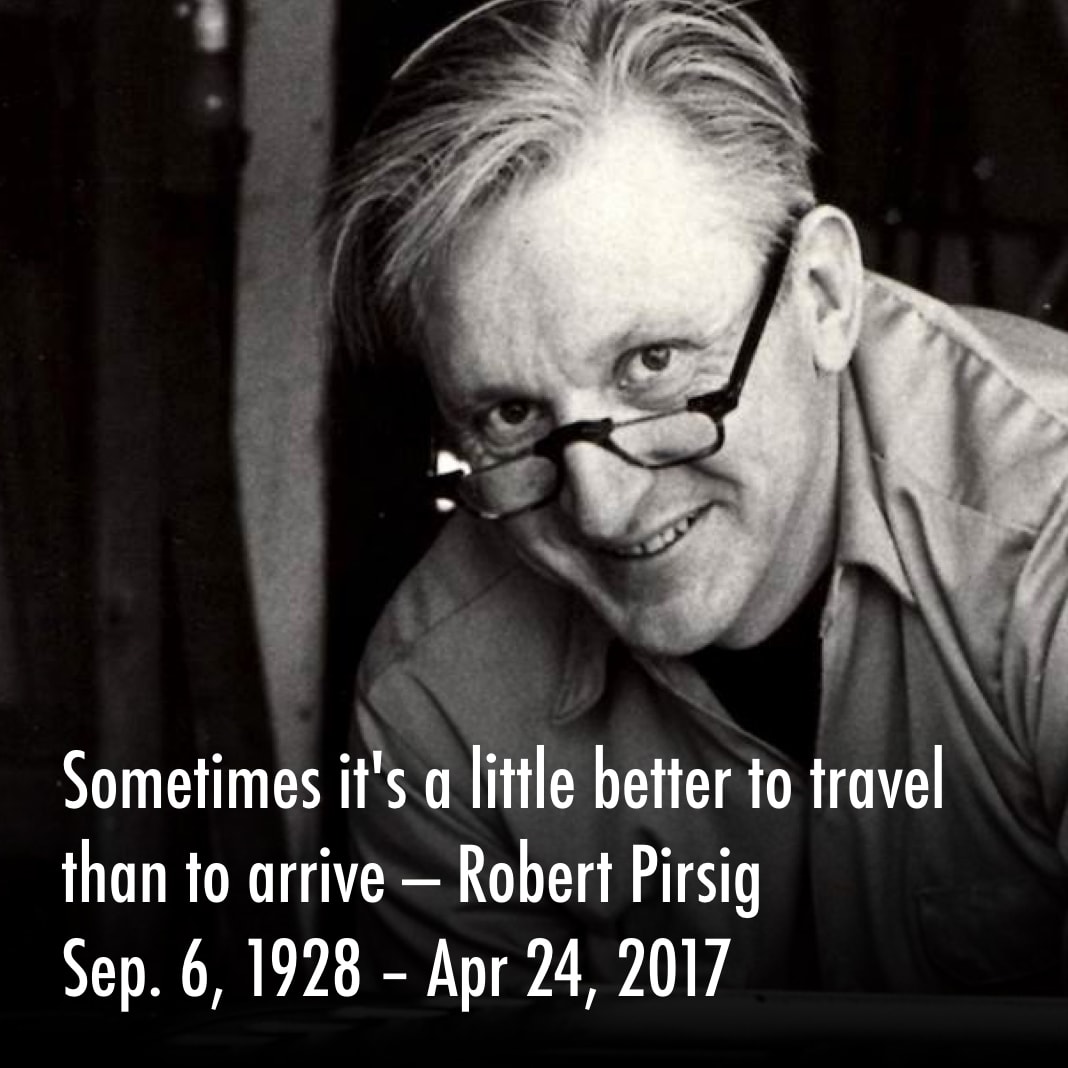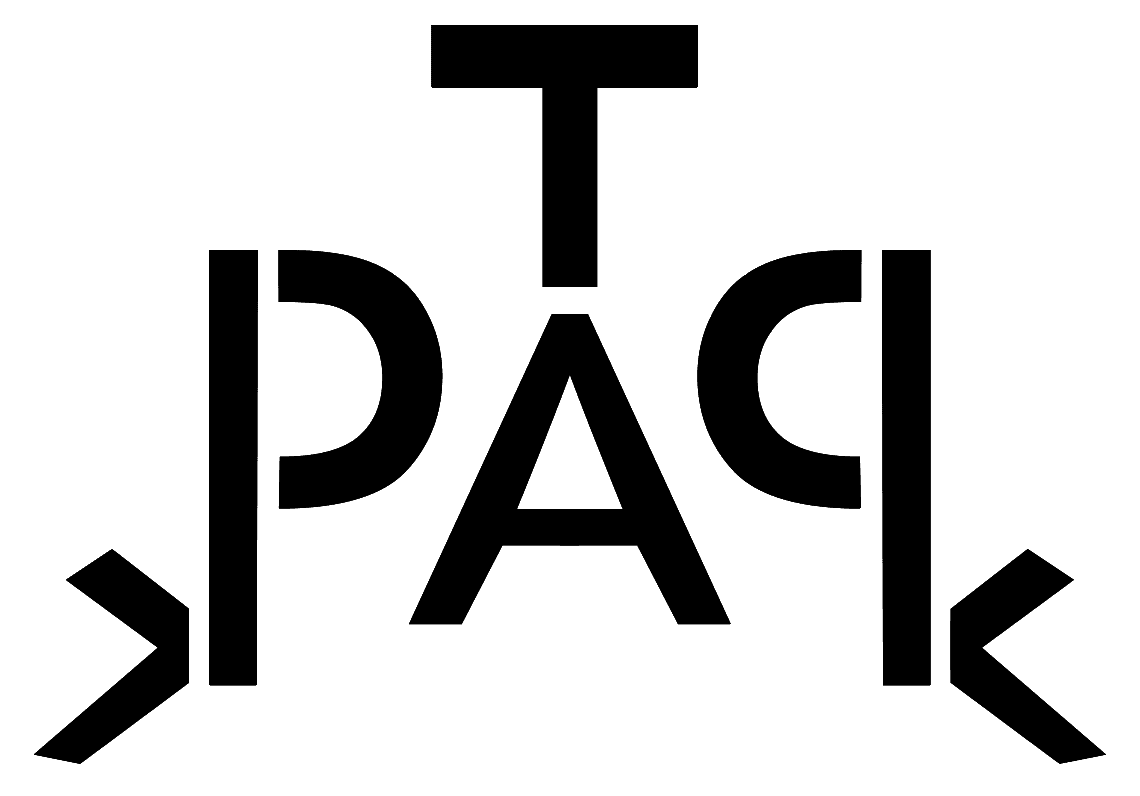The power of serendipity… A few minutes ago I received a note via Facebook / Ken Dirkin providing a link to Where are your taxes going for 2010?.
A few minutes later, via StumbleUpon, I came across this: The MasterCard Commercial I’d Like To See.
Now each of these (the first a detailed breakdown of government spending and the other a verbal mashup of a mastercard commercial) have different goals and different ways of approaching them but they both grapple with the problem of representing large numbers (specifically large sums of money) in ways that connect with us.
What do you think?




0 Comments